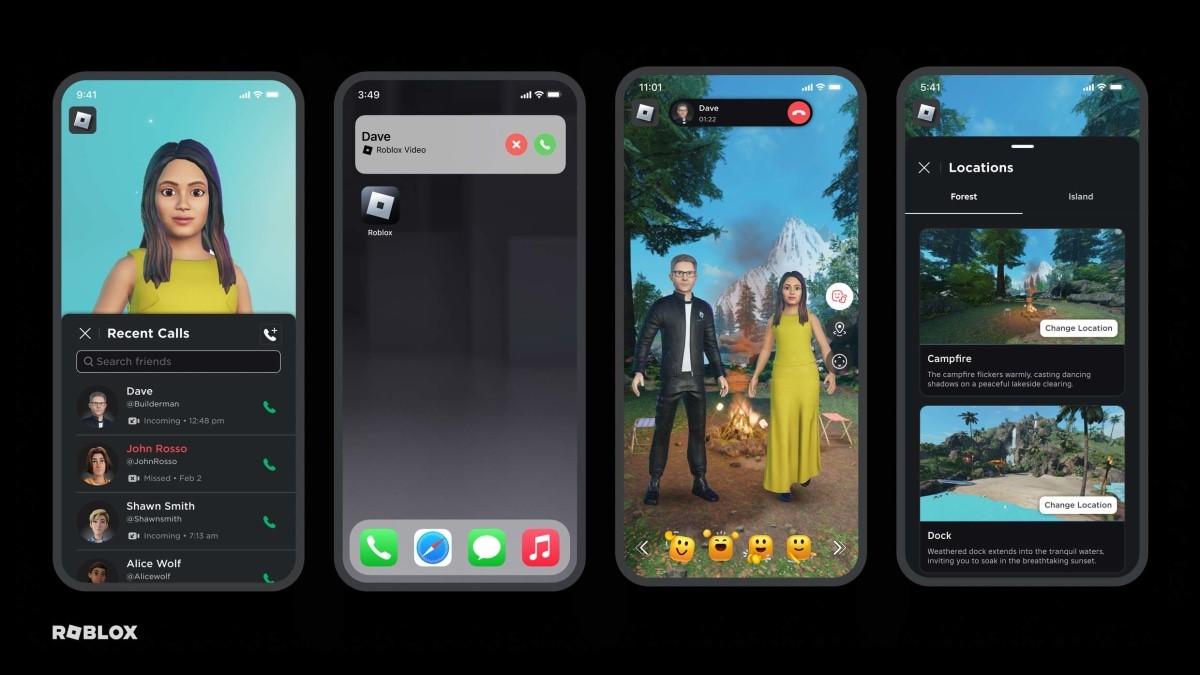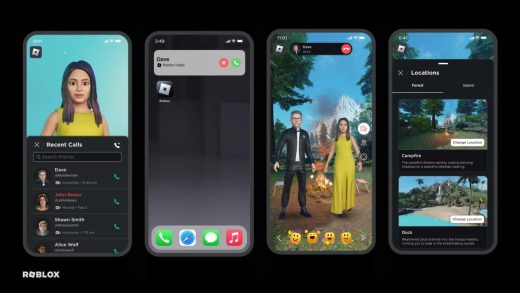Roblox will now offer content creators more tools to build and sell items and experiences
Roblox is announcing a series of changes it hopes will boost its popularity among developers and content creators.
The gaming platform is expanding its marketplace for 3D in-game items, currently limited to a select set of roughly 1,500 authorized vendors, to users at large, provided they can pass an ID check. The company envisions that change will allow a more diverse range of virtual goods to be sold on the platform.
“The win for everybody is now any person who plays Roblox can become a creator and sell their goods,” says chief product officer Manuel Bronstein. “We’re all as users going to be able to find more ways to represent ourselves and our avatars.”
The move is enabled by features like vendor ID verification—which will allow vendors who violate the rules to be identified and banned—and fraud detection to keep users safe from offensive and inappropriate items.
“The moment that our systems catch you, you’re out,” says Bronstein.
Though Roblox is often thought of as a children’s gaming platform, it’s come to attract an increasingly broad range of ages, with people age 17 and up now making up more than 40% of its daily active user base. The platform, which is slated to expand to Meta Quest in September and PlayStation in October, has also seen a growing creator economy, offering users everything from avatar accessories to whole experiences like historic recreations and virtual art museums.
Roblox will also enable developers to create recurring paid subscriptions within Roblox experiences, the games, and other user-created interactive content that’s helped the platform attract 65.5 million average daily active users as of the second quarter of 2023. Possible uses for subscriptions include paid fan clubs and licensed access to educational content, though Bronstein emphasizes it will ultimately be up to creators on the site who determine how the feature gets used.
“We’re going to give this technology to them and then they’re going to come up with their best ideas for what a subscription should look like,” he says.
The company is also launching a new feature called Roblox Connect, which will let users virtually call one another for an old-school voice conversation in an animated space like a virtual beach, waterfall, or campfire. Avatars will mimic users’ real world movements and even facial expressions as they speak to one another.
“That was super important because we want to bring higher fidelity communication to the platform,” says Bronstein. “That makes communication a lot more powerful.”

Developers will be able to integrate Roblox Connect into their own experiences, and Bronstein envisions it could be used for getting avatar fashion advice from friends, collaborating together in a virtual whiteboard style session, or even celebrity encounters where a musician could digitally treat a contest winner to a private serenade. But as with the new subscriptions, it will ultimately be up to the platform’s creators to figure out all the ways the feature can come in handy.
“The one thing that always sets us apart is, once we build that experience, we’re immediately outsourcing and putting all the capabilities in the hands of the community, because they always do a one-up on everything we do,” Bronstein says.
Developers will get a hand from a new conversational AI assistant that can aid in quickly building experiences. It comes on top of existing generative AI tools, like a code suggestion engine that Roblox reports has doubled the amount of suggested code used by developers compared to a previous autocomplete system.
And as of next year, Roblox plans to give vendors of game plug-ins in its Creator Marketplace—a virtual store that also stocks free images, audio, fonts, wireframe meshes for virtual objects, and other assets and tools used by creators to build content—a 100% cut of their earnings after taxes and payment processing fees. (They currently get 70%). The Creator Marketplace will also transition to paying creators in dollars rather than Robux, the Roblox virtual currency, which Bronstein says makes sense for paying people who might also make software and other creative work for markets beyond Roblox.
Together, the changes are intended to make it easier for creators to make content on the platform, which in turn should mean users will spend more time and money there.
“We have this flywheel, always, that if more creators can produce more amazing content, then more users will come to the platform, engagement increases, and everybody wins,” says Bronstein.
(13)


